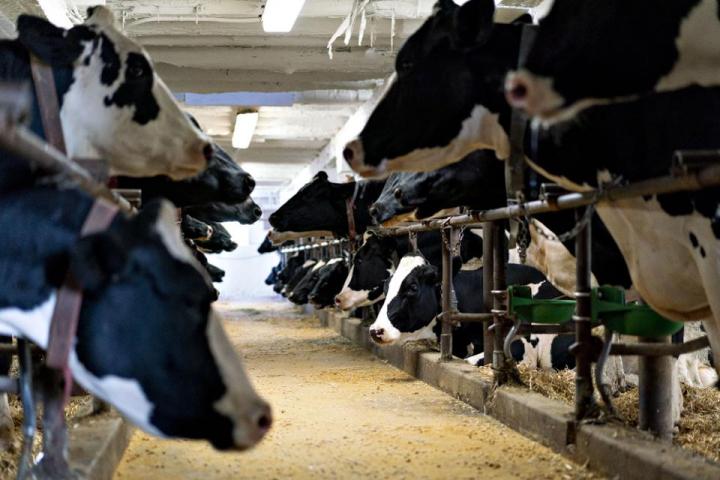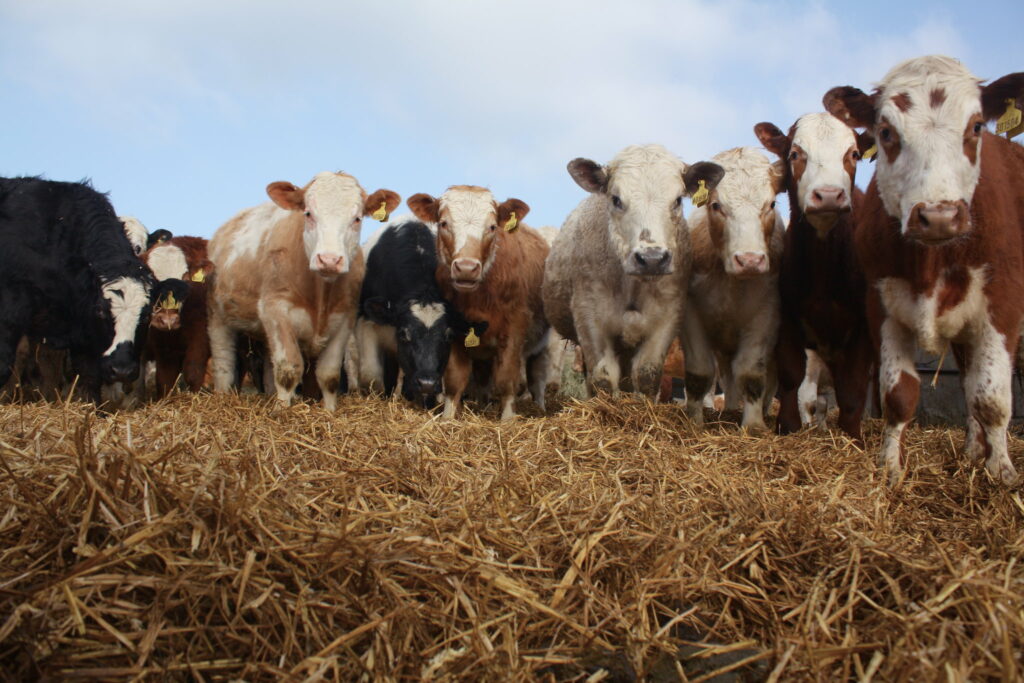The role of artificial intelligence (AI) in the development of plant-based and alternative proteins is becoming increasingly important. The global demand for sustainable and healthy food options is on the rise, and AI is proving to be a key tool in transforming the food industry, especially when it comes to plant-based and alternative proteins.

In recent years, the plant-based protein market has seen exponential growth due to consumer concerns about health, sustainability, and animal welfare. However, creating plant-based proteins that mimic the taste, texture, and nutritional composition of animal-based proteins is a complex process. This is where AI comes in, speeding up research and development and enabling the creation of plant-based proteins that closely resemble their animal counterparts.
AI is used to analyze vast amounts of data on plant proteins and their potential combinations. This data-driven approach allows scientists to identify the most promising plant proteins and the most effective ways to process them. Machine learning algorithms, for example, can predict how different plant proteins will interact, helping to create products with the desired taste and texture.

Additionally, AI is instrumental in optimizing the production process of plant-based proteins. By analyzing data from the production line, AI can identify inefficiencies and suggest improvements, reducing waste and increasing yield. This not only makes the production of plant-based proteins more sustainable, but also more cost-effective, making these products more accessible to a wider range of consumers.
AI’s role extends beyond plant-based proteins to other alternative proteins as well. In the realm of cultured or lab-grown meat, AI is used to optimize the growth conditions for animal cells, reducing the time and resources needed to produce these products. Furthermore, AI is helping to accelerate the development of novel proteins, such as those derived from insects or microorganisms, by predicting their nutritional composition and potential applications.

** Click here to read the full-text **










